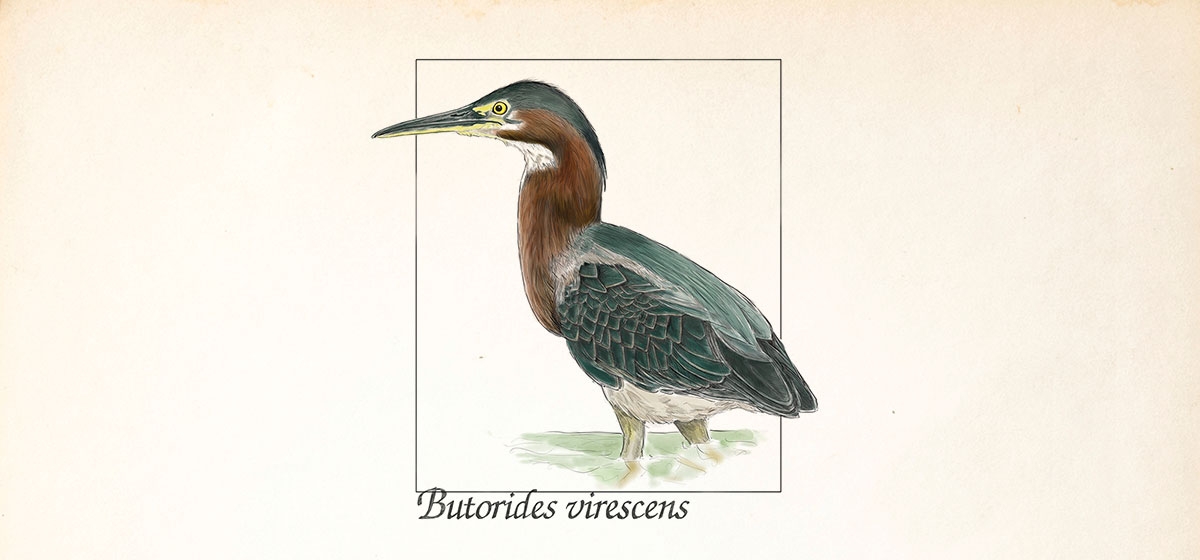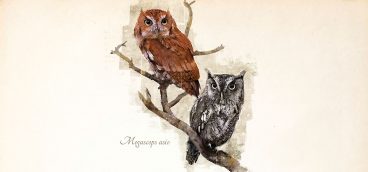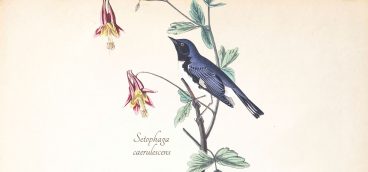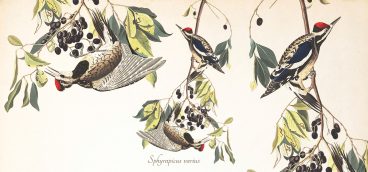The Elusive and Beautiful Green Heron

The green heron lay cradled in the crook of Bob Mulvihill’s arm like a baby, or at least that’s how I remember it. He blew on the bird’s belly and a cloud of powder down swirled forth, an adaptation that in all likelihood adds some moisture-shedding resistance to the wing feathers of this water-loving species.
We were in the cinder block lab at the Powdermill Avian Research Center in Rector, an hour east of Pittsburgh. There, scientists have been capturing, banding, and studying birds since 1961. Powdermill truly does worldclass work, having banded some 750,000 birds over 57 years. It’s one of Western Pennsylvania’s hidden gems.
The Green Heron can seem that way, too. About the size of a crow, they weigh in at just over eight ounces, stand about 18 inches tall, and boast a 26-inch wingspan. They tend to hunch and crouch on yellow, even orange high-stepping legs as they move quietly, hunting for water-borne creatures, on the prowl for a meal day or night. Like crows, they are known to use tools to lure their prey, sometimes dropping enticing morsels on the edge of a marsh or surface of a pond to draw in sunfish or minnows or an unsuspecting amphibian, insect or even rodent. They’ll wade to forage, standing at the ready with a sharp, heavy bill, but they can also catch prey as they dive and swim, fantastically adapted to their habitat.
Most striking is the bird’s plumage, a dark cap with rufous-maroon about the neck and chest and wing feathers that are green only under the right conditions of light. When I’ve seen these birds, and rarely at that, they look more purple-gray-chestnut and blend into shadows with such ease that I’ve lost track of them even though they should be in plain sight. I once saw a heron rise up from the bank of a tributary of Pine Creek off Route 8. I watched it fly, then perch, then disappear. It was just gone. No idea where that bird went.
In spring, the species’ solitary stick nests are started by the males and completed by the females as foot-wide, shallow disks. Three to five palish green-blue eggs are a typical clutch which, incubated by both mother and father, hatch after about three weeks. As brown and white plumed, spiky-headed nestlings, the newborns are just as tough to spot as their parents. They’re wonderfully elusive. Until you see one. Then it’s like a true revelation: quiet, unhurried, unto itself.
Visit the bird banders by appointment at the Powdermill Avian Research Center (powdermillarc.org) or grab your binoculars and look for the Green Heron at a property of the Audubon Society of Western Pennsylvania (aswp.org) or the Western Pennsylvania Conservancy (waterlandlife.org).





